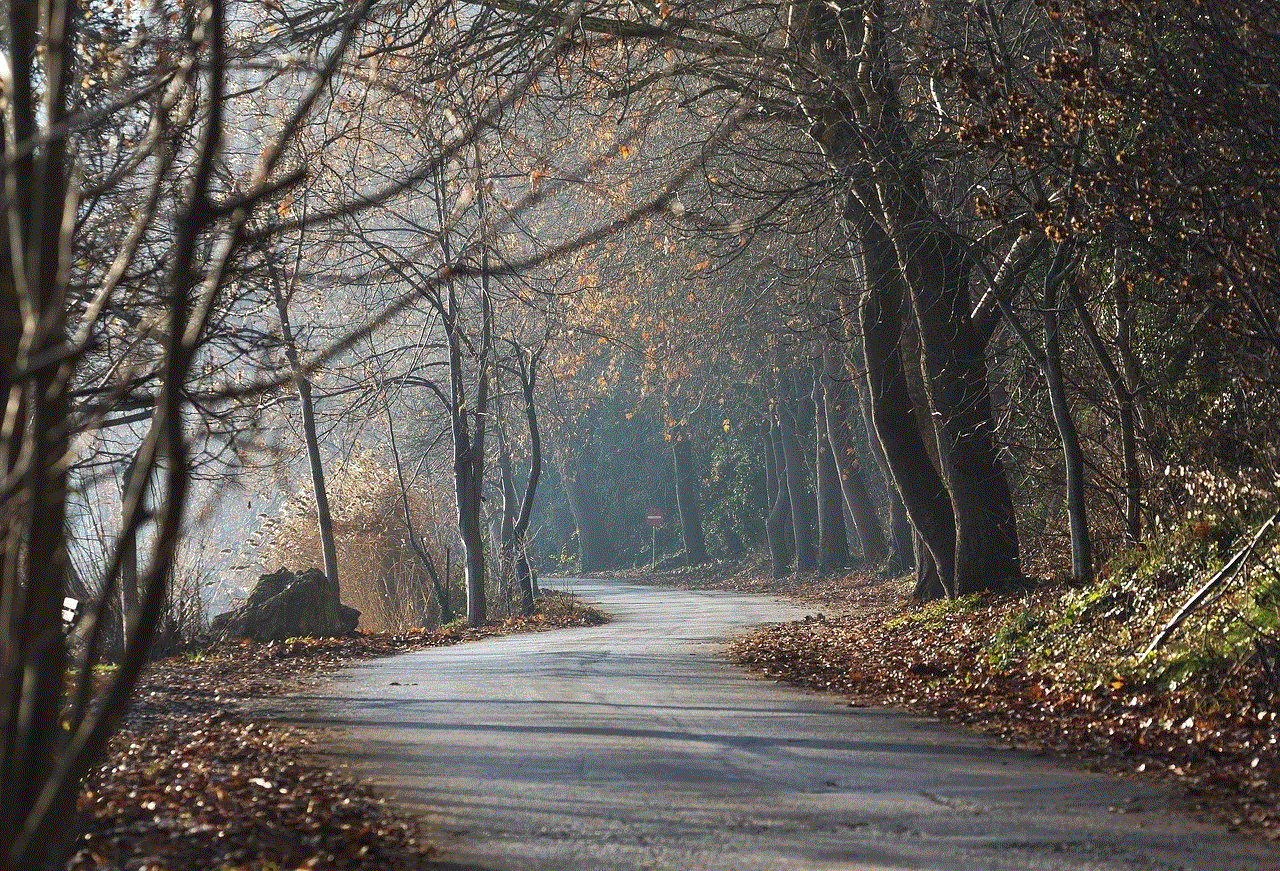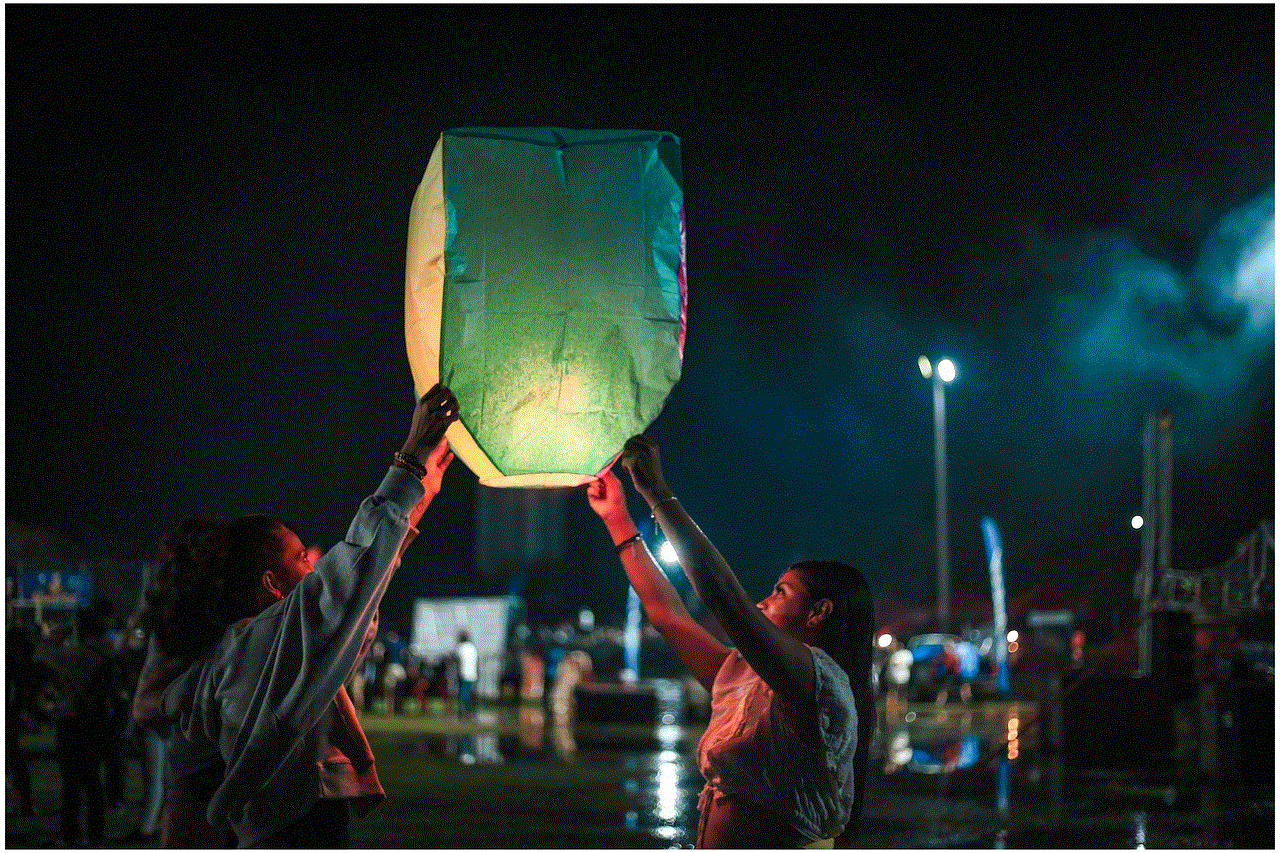thanksgiving art for preschoolers
Thanksgiving is a beloved holiday in the United States, a time for families and friends to gather together and give thanks for the blessings in their lives. Along with the traditional feast of turkey, stuffing, and pumpkin pie, Thanksgiving is also a time for arts and crafts, especially for preschoolers. This is a great opportunity for children to express their creativity, learn about the holiday, and have fun with their friends. In this article, we will explore some fun and easy Thanksgiving art projects that are perfect for preschoolers.
1. Handprint Turkeys:
One of the most iconic symbols of Thanksgiving is the turkey, and what better way to create a turkey than with your child’s own handprint! This art project is simple and requires minimal materials. All you need is some brown, yellow, and red paint, a piece of construction paper, and a paintbrush. Start by painting your child’s palm and fingers with the brown paint, and have them press their hand onto the construction paper. Then, use the yellow and red paint to add the turkey’s features, such as the beak, wattle, and feathers. This project not only allows children to get messy with paint, but it also helps with their fine motor skills.
2. Thankful Tree:
Thanksgiving is all about being grateful, and what better way to teach children about gratitude than with a Thankful Tree! This project is perfect for preschoolers as it encourages them to think about what they are thankful for and express it in a creative way. To make a Thankful Tree, you will need a small tree branch, a vase or jar, construction paper, and markers. Start by placing the tree branch in the vase or jar. Then, cut out leaf shapes from different colored construction paper. Have your child write or draw something they are thankful for on each leaf and attach it to the tree branch. This project not only makes a beautiful decoration, but it also teaches children the importance of gratitude.
3. Paper Plate Turkey:
Another fun and easy turkey art project is making a paper plate turkey. This project is great for younger preschoolers as it doesn’t involve any painting or cutting. All you need is a paper plate, some construction paper, and glue. Start by cutting out a triangle from the construction paper for the turkey’s beak and a small circle for the wattle. Then, have your child glue them onto the paper plate. Next, cut out feathers from different colored construction paper and have your child glue them onto the back of the plate. Lastly, add some googly eyes or have your child draw them on to complete the turkey’s face. This project is not only fun for children but also helps with their hand-eye coordination.
4. Handprint Wreath:
A handprint wreath is a great way to decorate your home for Thanksgiving. This project is perfect for preschoolers as it combines their handprints with some simple cutting and gluing. To make a handprint wreath, you will need a paper plate, some green, red, and yellow construction paper, scissors, and glue. Start by cutting out the center of the paper plate, leaving only the outer rim. Then, have your child trace and cut out their handprints from the green paper. Glue the handprints around the paper plate to create a wreath. Lastly, cut out some red and yellow circles to represent berries and glue them onto the wreath. This project not only makes a beautiful decoration, but it also helps with children’s cutting and gluing skills.
5. Corn Mosaic:
Corn is a staple food at Thanksgiving, and creating a corn mosaic is a fun and unique art project for preschoolers. To make a corn mosaic, you will need a piece of construction paper, some dried corn kernels, and glue. Start by having your child draw a corn cob shape on the construction paper. Then, have them cover the cob with glue and place the corn kernels on top to create a mosaic effect. This project not only allows children to explore different textures and materials, but it also helps with their hand-eye coordination.
6. Pinecone Turkeys:
Pinecones are a versatile material for arts and crafts, and they make adorable turkeys. This project is perfect for preschoolers as it involves some simple painting and gluing. To make a pinecone turkey, you will need a pinecone, some construction paper, paint, and glue. Start by painting the pinecone brown and let it dry. Then, cut out a small triangle from construction paper for the beak and a small circle for the wattle. Glue them onto the front of the pinecone. Lastly, cut out some feathers from different colored construction paper and glue them onto the back of the pinecone. This project not only allows children to get creative, but it also helps with their fine motor skills.
7. Paper Bag Turkey:
A paper bag turkey is another fun and easy Thanksgiving art project for preschoolers. To make a paper bag turkey, you will need a paper bag, some construction paper, scissors, and glue. Start by cutting out a large circle from the construction paper for the turkey’s body and a smaller circle for the head. Then, cut out some feathers from different colored construction paper and glue them onto the back of the paper bag. Next, have your child glue the body and head onto the front of the paper bag. Lastly, add some googly eyes or have your child draw them on to complete the turkey’s face. This project not only allows children to use their imagination, but it also helps with their cutting and gluing skills.
8. Pumpkin Seed Art:



Pumpkins are another symbol of Thanksgiving, and creating pumpkin seed art is a great way to incorporate them into your child’s art projects. To make pumpkin seed art, you will need some pumpkin seeds, paint, a piece of construction paper, and glue. Start by painting the pumpkin seeds in different colors and let them dry. Then, have your child glue the pumpkin seeds onto the construction paper to create a pumpkin shape. This project not only allows children to explore different materials and textures, but it also helps with their fine motor skills.
9. Popsicle Stick Pilgrims:
Teach your child about the history of Thanksgiving with this fun popsicle stick pilgrim art project. To make popsicle stick pilgrims, you will need some popsicle sticks, construction paper, markers, and glue. Start by having your child color the popsicle sticks to represent the pilgrims’ clothes. Then, cut out a small rectangle from construction paper for the pilgrim’s hat and a small circle for the buckle. Glue them onto the top of the popsicle stick. Have your child draw a face on the bottom of the popsicle stick to complete the pilgrim’s face. This project not only allows children to learn about history, but it also helps with their fine motor skills.
10. Fall Leaf Rubbings:
Fall leaves are a beautiful part of the Thanksgiving season, and creating leaf rubbings is a great way to incorporate them into your child’s art projects. To make leaf rubbings, you will need some leaves, construction paper, and crayons. Start by placing a leaf under a piece of construction paper and have your child rub a crayon over the paper, revealing the leaf’s texture. You can use different colored leaves and crayons to create a beautiful fall scene. This project not only allows children to explore different textures, but it also helps with their fine motor skills.
In conclusion, Thanksgiving is a great time to get creative with your preschooler and make some fun and easy art projects. These projects not only allow children to express their creativity, but they also help with their fine motor skills, hand-eye coordination, and cutting and gluing skills. So, gather some materials, get messy, and have fun creating these Thanksgiving art projects with your child. Happy Thanksgiving!
messenger hacked how to change password
In today’s digital age, it has become increasingly common for individuals to have multiple online accounts, each with its own unique username and password. With the rise of social media platforms, one of the most popular being facebook -parental-controls-guide”>Facebook , it has become easier than ever to stay connected with friends and family all over the world. However, along with this convenience comes the risk of having your account hacked. This can lead to a plethora of problems, including identity theft, unauthorized access to personal information, and even financial loss. In this article, we will discuss the steps you can take if your Messenger account has been hacked and how to change your password to protect yourself from future attacks.



First and foremost, it is important to understand the signs that your Messenger account has been hacked. These may include suspicious activity on your account, such as messages being sent without your knowledge, unknown friends added to your contact list, or changes to your profile information. If you notice any of these red flags, it is crucial to take immediate action to secure your account. The first step is to change your password.
To change your Messenger password, you will need to log into your Facebook account. Since Messenger is owned by Facebook, your account is linked to your Facebook login information. Once you have logged in, click on the drop-down arrow in the top right corner of the screen and select “Settings”. From there, click on “Security and Login” on the left-hand side of the screen. Under the “Login” section, click on “Change Password”. You will then be prompted to enter your current password, followed by your new password. Be sure to choose a strong and unique password that is not easily guessable. Once you have changed your password, click on “Save Changes” to ensure the changes take effect.
In addition to changing your password, it is also recommended to enable two-factor authentication for your Messenger account. This adds an extra layer of security by requiring a code to be entered in addition to your password when logging in from an unrecognized device. To enable two-factor authentication, go back to the “Security and Login” section and click on “Use two-factor authentication”. You will then be prompted to choose a method for receiving the code, such as through a text message or an authentication app. This added security measure can greatly reduce the chances of your account being hacked in the future.
Another important step to take if your Messenger account has been hacked is to review your recent activity. This can be done in the “Security and Login” section by clicking on “Where You’re Logged In”. This will show you a list of all devices that are currently logged into your account. If you see any devices or locations that you do not recognize, you can click on “Not You?” next to the device or location to end the session and log the device out. This will help prevent any further unauthorized access to your account.
It is also recommended to review your recent Messenger conversations and delete any suspicious messages that may have been sent without your knowledge. This will help protect your contacts from potentially falling victim to the hacker as well. You can also report any suspicious activity to Facebook by going to the “Help Center” and selecting “Report a Problem”. From there, you can choose the option “Something isn’t working” and then “Report a Security Issue”. Facebook takes these reports seriously and will investigate any potential security breaches.
If you suspect that your Messenger account has been hacked, it is important to not only change your password and enable two-factor authentication, but also to secure your other online accounts as well. This is because hackers often use the same login information for multiple accounts. To prevent this, it is recommended to use different and strong passwords for each of your accounts. You can also use a password manager to help generate and store unique passwords for each account.
Prevention is always better than cure, and there are steps you can take to reduce the chances of your Messenger account being hacked in the first place. First and foremost, never share your password with anyone, even if they claim to be from Facebook or Messenger. Facebook will never ask for your password, so if you receive any messages or emails requesting this information, it is likely a phishing attempt. It is also important to regularly update your password and enable two-factor authentication, as mentioned earlier. Additionally, be cautious of clicking on suspicious links or downloading attachments from unknown senders, as these could contain malware that can compromise your account.



In conclusion, having your Messenger account hacked can be a stressful and concerning experience, but there are steps you can take to secure your account and prevent further damage. By changing your password, enabling two-factor authentication, and reviewing your recent activity, you can protect your account and prevent unauthorized access in the future. It is also important to practice good password hygiene and be cautious of suspicious activity or requests. With these measures in place, you can continue to enjoy the convenience and connectivity of Messenger without the fear of being hacked.